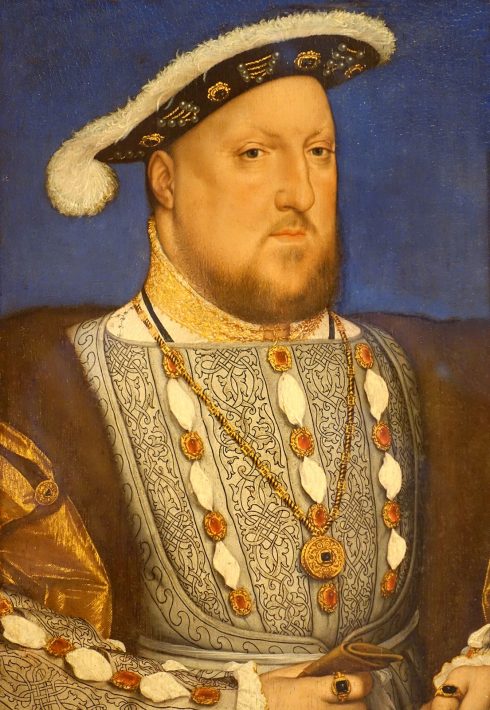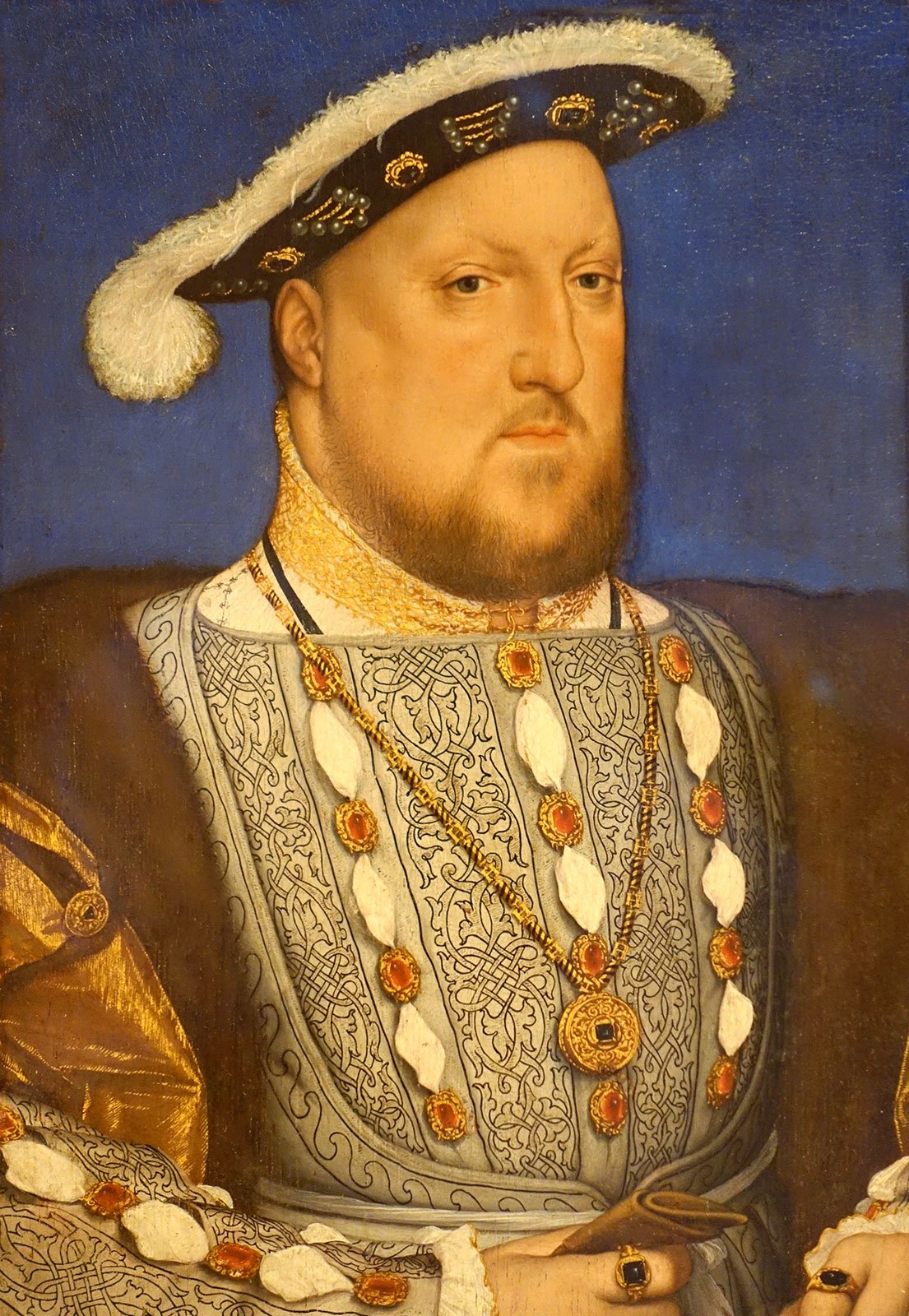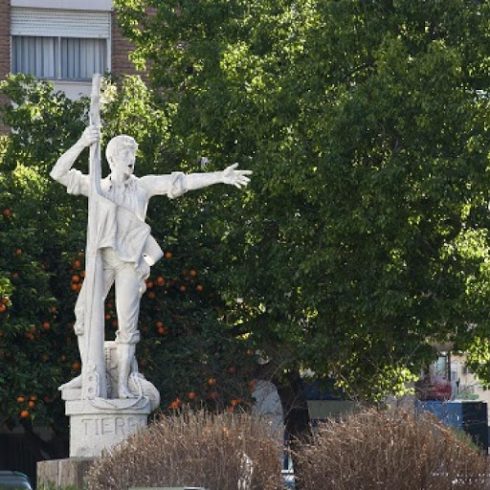KING Henry VIII was nothing like his father. The merry monarch’s extreme behaviour is well known: there were the six wives, the gluttony and obesity (he weighed 28 stones or 400lbs), the extravagant spending and his unerring belief in the ‘divine right of kings’.
Henry VII was quite the opposite. His long marriage to Elizabeth of York has been described as one of ‘faithful love and respect from which the King drew great strength’. Physically, he was also unlike his corpulent son, Henry VII was tall and slender with an ‘amiable but serious countenance’.
But the most glaring contrast between father and son was in their fiscal policies. Son Henry spent lavishly and foolishly, squandering much of the Crown’s treasury. He fought costly wars, made poor investment decisions and nearly bankrupted the monarchy. Evidently, he had learned nothing from his more pragmatic father.

Henry VII, by contrast, had been successful in restoring power and stability to the English monarchy after the civil war. He created an efficient and equitable system of taxation that stabilised the crown’s finances. Henry VII was able to maintain relative peace and prosperity during his 24-year reign.
Father and son did share a common trait, however. They both had a penchant for gambling. Neither was very skillful or very lucky. For example, Henry VIII once gambled away the beloved Jesus Bells of St. Paul’s Church on a single roll of the dice. True to form, he saw to it that the winner of that bet, Sir Miles Partridge, was convicted of treason and subsequently hung publicly at London’s Tower Hill. Later, the eighth Henry suffered a two-year losing streak, racking up gambling debts equivalent today to tens of millions of pounds. The seventh Henry was more miserly and gambled more for sport with one notable en. Although typically very cautious, he actually lost a bet that resulted in him losing his crown to an Andalucian sailor. Strange but true …
During his reign, the politics were such that Henry VII needed an alliance with the newly united Spanish kingdom. He sought to offset England’s continued quarrels with France. Perhaps this is one reason Henry welcomed a young Spanish sailor named Juan de Lepe into his court.

Juan was smart and gregarious. Over time, he became a trustworthy confidant of the king.
Juan had been born in the small pueblo of Lepe on the Costa de la Luz. He was a common sailor with no aristocratic lineage or political power. But he was also, as Henry VII soon found out, a shrewd and talented gambler.
It started out as a joke but in one particular gambling session Juan won an incredible bet. The prize was the Kingdom of England – but only for 24 hours! It seems as though, with a roll of the dice, Henry gambled away the jurisdiction of the entire kingdom for one calendar day. Henry is said to have proclaimed: “Juan, thou shalt be king for a day – just one day”. He nicknamed Juan ‘the little King of England’.
Juan took full advantage of his day in the sun. He used his short-lived privilege to collect rents, debts and other revenues from the entire kingdom. He did well. Legend has it that he was able to fill a ship with all the booty he could manage. He returned to Lepe shortly thereafter with a wealth far greater than anything he had known as an Andalucian sailor. He lived the rest of his life in comfort, donating much of his fortune to his hometown Franciscan convent, Nuestra Senora de la Bella. His only request was to be buried in the convent grounds.
If you scour the history books, you will not find Juan de Lepe mentioned in the chronological chain of English monarchs. The historical records are incomplete and English sources are silent on this chapter of Henry’s life. Is this British folklore, Spanish legend or unadulterated fiction? Perhaps. But it’s a story that has long been told to school children along Spain’s Costa de la Luz.
There is a street dedicated to Juan de Lepe that overlooks the town hall square. More telling is a grave that is still visible on the convent’s grounds of someone called Juan de Lepe.











